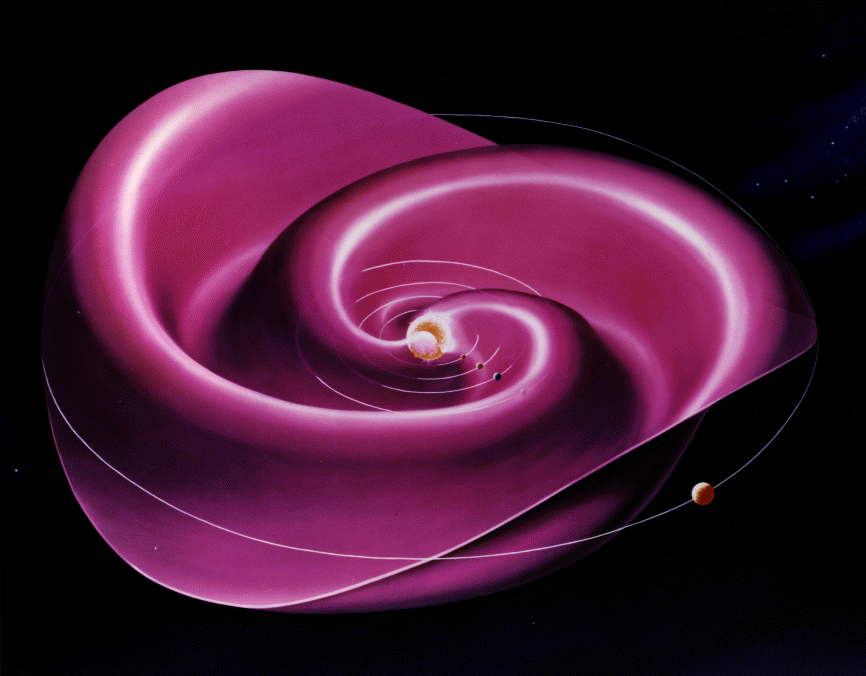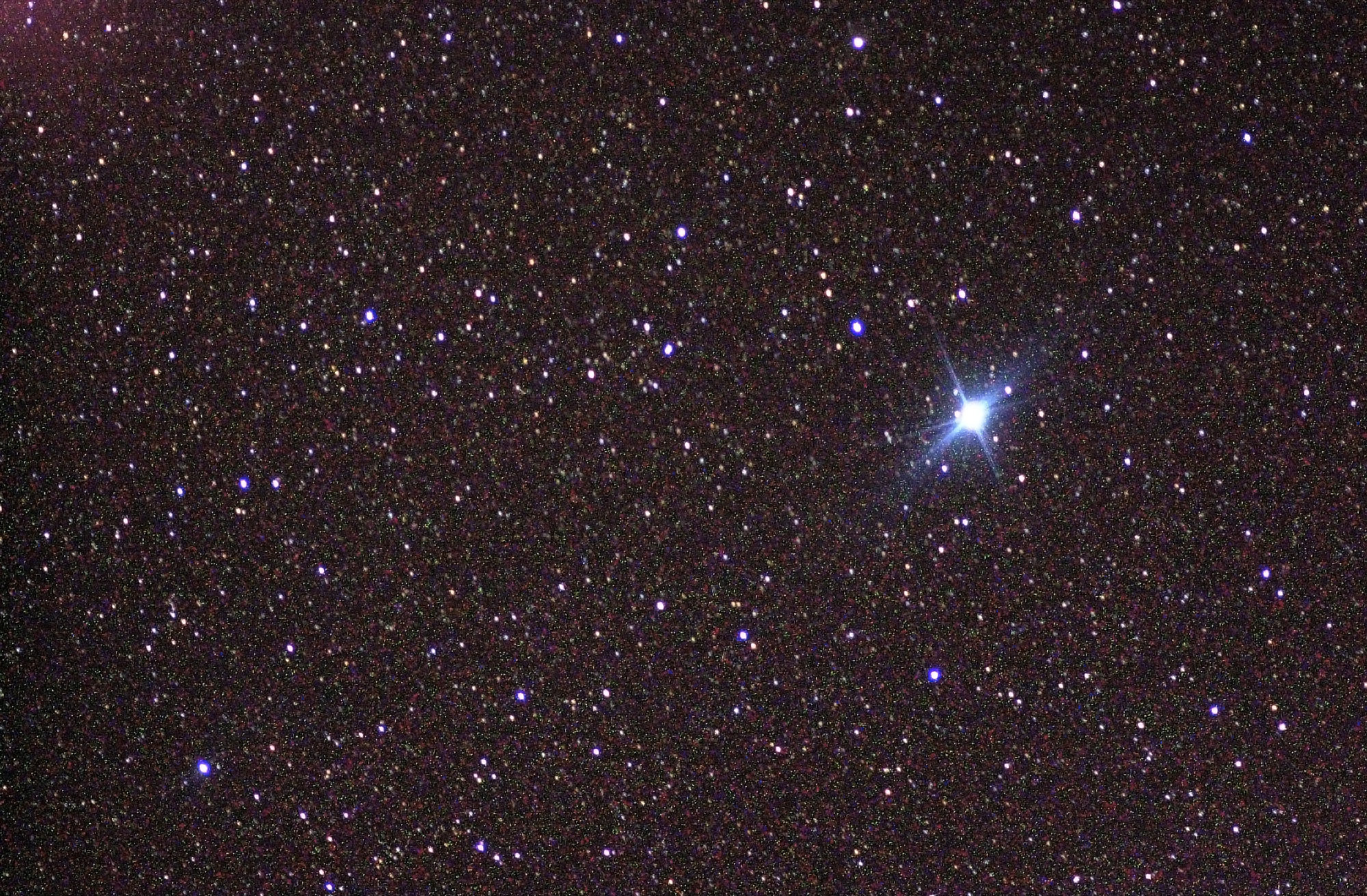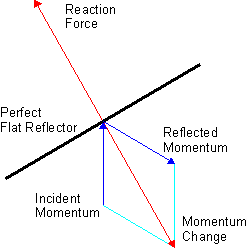|
Mariner 10
''Mariner 10'' was an American robotic space probe launched by NASA on 3 November 1973, to fly by the planets Mercury and Venus. It was the first spacecraft to perform flybys of multiple planets. ''Mariner 10'' was launched approximately two years after ''Mariner 9'' and was the last spacecraft in the Mariner program. (Mariner 11 and Mariner 12 were allocated to the Voyager program and redesignated ''Voyager 1'' and ''Voyager 2''.) The mission objectives were to measure Mercury's environment, atmosphere, surface, and body characteristics and to make similar investigations of Venus. Secondary objectives were to perform experiments in the interplanetary medium and to obtain experience with a dual-planet gravity assist mission. ''Mariner 10''s science team was led by Bruce C. Murray at the Jet Propulsion Laboratory. Design and trajectory ''Mariner 10'' was the first spacecraft to make use of an interplanetary gravitational slingshot maneuver, using Venus to bend its flig ... [...More Info...] [...Related Items...] OR: [Wikipedia] [Google] [Baidu] |
Mariner Program
The Mariner program was conducted by the American space agency NASA to explore other planets. Between 1962 and late 1973, NASA's Jet Propulsion Laboratory (JPL) designed and built 10 robotic interplanetary probes named Mariner to explore the inner Solar System - visiting the planets Venus, Mars and Mercury for the first time, and returning to Venus and Mars for additional close observations. The program included a number of interplanetary firsts, including the first planetary flyby, the planetary orbiter, and the first gravity assist maneuver. Of the 10 vehicles in the Mariner series, seven were successful, forming the starting point for many subsequent NASA/JPL space probe programs. The planned Mariner Jupiter-Saturn vehicles were adapted into the Voyager program, while the Viking program orbiters were enlarged versions of the Mariner 9 spacecraft. Later Mariner-based spacecraft include Galileo and Magellan, while the second-generation Mariner Mark II series evolved into ... [...More Info...] [...Related Items...] OR: [Wikipedia] [Google] [Baidu] |
Giuseppe Colombo
Giuseppe "Bepi" Colombo (October 2, 1920 in Padua – February 20, 1984 in Padua) was an Italian scientist, mathematician and engineer at the University of Padua, Italy. Mercury Colombo studied the planet Mercury, and it was his calculations which showed how to get a spacecraft into a solar orbit which would encounter Mercury multiple times, using a gravity assist maneuver with Venus. Due to this idea, NASA was able to have the Mariner 10 accomplish three fly-bys of Mercury instead of one. Mariner 10 was the first spacecraft to use gravity assist. Since then, the technique has become common. Colombo also explained the spin-orbit resonance in Mercury's orbit, showing that it rotates three times for every two orbits around the sun. Saturn's rings Colombo also made significant contributions to the study of Saturn's rings, mostly using ground-based observations in the era before space exploration reached the outer solar system. Other contributions * Colombo invented the c ... [...More Info...] [...Related Items...] OR: [Wikipedia] [Google] [Baidu] |
NASA
The National Aeronautics and Space Administration (NASA ) is an independent agency of the US federal government responsible for the civil space program, aeronautics research, and space research. NASA was established in 1958, succeeding the National Advisory Committee for Aeronautics (NACA), to give the U.S. space development effort a distinctly civilian orientation, emphasizing peaceful applications in space science. NASA has since led most American space exploration, including Project Mercury, Project Gemini, the 1968-1972 Apollo Moon landing missions, the Skylab space station, and the Space Shuttle. NASA supports the International Space Station and oversees the development of the Orion spacecraft and the Space Launch System for the crewed lunar Artemis program, Commercial Crew spacecraft, and the planned Lunar Gateway space station. The agency is also responsible for the Launch Services Program, which provides oversight of launch operations and countdown m ... [...More Info...] [...Related Items...] OR: [Wikipedia] [Google] [Baidu] |
Interplanetary Medium
The interplanetary medium (IPM) or interplanetary space consists of the mass and energy which fills the Solar System, and through which all the larger Solar System bodies, such as planets, dwarf planets, asteroids, and comets, move. The IPM stops at the heliopause, outside of which the interstellar medium begins. Before 1950, interplanetary space was widely considered to either be an empty vacuum, or consisting of "aether". Composition and physical characteristics The interplanetary medium includes interplanetary dust, cosmic rays, and hot plasma from the solar wind. The temperature of the interplanetary medium varies. For dust particles within the asteroid belt, typical temperatures range from 200 K (−73 °C) at 2.2 AU down to 165 K (−108 °C) at 3.2 AU. The density of the interplanetary medium is very low, decreasing in inverse proportion to the square of the distance from the Sun. It is variable, and may be affected by magnetic fields and e ... [...More Info...] [...Related Items...] OR: [Wikipedia] [Google] [Baidu] |
Canopus
Canopus is the brightest star in the southern constellation of Carina and the second-brightest star in the night sky. It is also designated α Carinae, which is Latinised to Alpha Carinae. With a visual apparent magnitude of −0.74, it is outshone only by Sirius. Located around from the Sun, Canopus is a bright giant of spectral type A9, so it is essentially white when seen with the naked eye. It has a luminosity over 10,000 times the luminosity of the Sun, is eight times as massive, and has expanded to 71 times the Sun's radius. Its enlarged photosphere has an effective temperature of around . Canopus is undergoing core helium burning and is currently in the so-called blue loop phase of its evolution, having already passed through the red-giant branch after exhausting the hydrogen in its core. Canopus is a source of X-rays, which are likely being emitted from its corona. The prominent appearance of Canopus means it has been the subject of mythological ... [...More Info...] [...Related Items...] OR: [Wikipedia] [Google] [Baidu] |
Attitude Control
Attitude control is the process of controlling the orientation of an aerospace vehicle with respect to an inertial frame of reference or another entity such as the celestial sphere, certain fields, and nearby objects, etc. Controlling vehicle attitude requires sensors to measure vehicle orientation, actuators to apply the torques needed to orient the vehicle to a desired attitude, and algorithms to command the actuators based on (1) sensor measurements of the current attitude and (2) specification of a desired attitude. The integrated field that studies the combination of sensors, actuators and algorithms is called guidance, navigation and control (GNC). Aircraft attitude control An aircraft's attitude is stabilized in three directions: '' yaw'', nose left or right about an axis running up and down; ''pitch'', nose up or down about an axis running from wing to wing; and ''roll'', rotation about an axis running from nose to tail. Elevators (moving flaps on the horizontal ... [...More Info...] [...Related Items...] OR: [Wikipedia] [Google] [Baidu] |
Deep Space Network
The NASA Deep Space Network (DSN) is a worldwide network of American spacecraft communication ground segment facilities, located in the United States (California), Spain (Madrid), and Australia (Canberra), that supports NASA's interplanetary spacecraft missions. It also performs radio and radar astronomy observations for the exploration of the Solar System and the universe, and supports selected Earth-orbiting missions. DSN is part of the NASA Jet Propulsion Laboratory (JPL). General information DSN currently consists of three deep-space communications facilities placed approximately 120 degrees apart around the Earth. They are: * the Goldstone Deep Space Communications Complex () outside Barstow, California. For details of Goldstone's contribution to the early days of space probe tracking, see Project Space Track; * the Madrid Deep Space Communications Complex (), west of Madrid, Spain; and * the Canberra Deep Space Communication Complex (CDSCC) in the Australian ... [...More Info...] [...Related Items...] OR: [Wikipedia] [Google] [Baidu] |
Attitude Control
Attitude control is the process of controlling the orientation of an aerospace vehicle with respect to an inertial frame of reference or another entity such as the celestial sphere, certain fields, and nearby objects, etc. Controlling vehicle attitude requires sensors to measure vehicle orientation, actuators to apply the torques needed to orient the vehicle to a desired attitude, and algorithms to command the actuators based on (1) sensor measurements of the current attitude and (2) specification of a desired attitude. The integrated field that studies the combination of sensors, actuators and algorithms is called guidance, navigation and control (GNC). Aircraft attitude control An aircraft's attitude is stabilized in three directions: '' yaw'', nose left or right about an axis running up and down; ''pitch'', nose up or down about an axis running from wing to wing; and ''roll'', rotation about an axis running from nose to tail. Elevators (moving flaps on the horizontal ... [...More Info...] [...Related Items...] OR: [Wikipedia] [Google] [Baidu] |
Photovoltaic Module
Photovoltaics (PV) is the conversion of light into electricity using semiconducting materials that exhibit the photovoltaic effect, a phenomenon studied in physics, photochemistry, and electrochemistry. The photovoltaic effect is commercially used for electricity generation and as photosensors. A photovoltaic system employs solar modules, each comprising a number of solar cells, which generate electrical power. PV installations may be ground-mounted, rooftop-mounted, wall-mounted or floating. The mount may be fixed or use a solar tracker to follow the sun across the sky. Photovoltaic technology helps to mitigate climate change because it emits much less carbon dioxide than fossil fuels. Solar PV has specific advantages as an energy source: once installed, its operation generates no pollution and no greenhouse gas emissions, it shows scalability in respect of power needs and silicon has large availability in the Earth's crust, although other materials required in PV sys ... [...More Info...] [...Related Items...] OR: [Wikipedia] [Google] [Baidu] |
Radiation Pressure
Radiation pressure is the mechanical pressure exerted upon any surface due to the exchange of momentum between the object and the electromagnetic field. This includes the momentum of light or electromagnetic radiation of any wavelength that is absorbed, reflected, or otherwise emitted (e.g. black-body radiation) by matter on any scale (from macroscopic objects to dust particles to gas molecules). The associated force is called the radiation pressure force, or sometimes just the force of light. The forces generated by radiation pressure are generally too small to be noticed under everyday circumstances; however, they are important in some physical processes and technologies. This particularly includes objects in outer space, where it is usually the main force acting on objects besides gravity, and where the net effect of a tiny force may have a large cumulative effect over long periods of time. For example, had the effects of the Sun's radiation pressure on the spacecraft of the V ... [...More Info...] [...Related Items...] OR: [Wikipedia] [Google] [Baidu] |
Orbital Mechanics
Orbital mechanics or astrodynamics is the application of ballistics and celestial mechanics to the practical problems concerning the motion of rockets and other spacecraft. The motion of these objects is usually calculated from Newton's laws of motion and the law of universal gravitation. Orbital mechanics is a core discipline within space-mission design and control. Celestial mechanics treats more broadly the orbital dynamics of systems under the influence of gravity, including both spacecraft and natural astronomical bodies such as star systems, planets, moons, and comets. Orbital mechanics focuses on spacecraft trajectories, including orbital maneuvers, orbital plane changes, and interplanetary transfers, and is used by mission planners to predict the results of propulsive maneuvers. General relativity is a more exact theory than Newton's laws for calculating orbits, and it is sometimes necessary to use it for greater accuracy or in high-gravity situations (e.g. orbit ... [...More Info...] [...Related Items...] OR: [Wikipedia] [Google] [Baidu] |
Perihelion
An apsis (; ) is the farthest or nearest point in the orbit of a planetary body about its primary body. For example, the apsides of the Earth are called the aphelion and perihelion. General description There are two apsides in any elliptic orbit. The name for each apsis is created from the prefixes ''ap-'', ''apo-'' (), or ''peri-'' (), each referring to the farthest and closest point to the primary body the affixing necessary suffix that describes the primary body in the orbit. In this case, the suffix for Earth is ''-gee'', so the apsides' names are ''apogee'' and ''perigee''. For the Sun, its suffix is ''-helion'', so the names are ''aphelion'' and ''perihelion''. According to Newton's laws of motion, all periodic orbits are ellipses. The barycenter of the two bodies may lie well within the bigger body—e.g., the Earth–Moon barycenter is about 75% of the way from Earth's center to its surface. If, compared to the larger mass, the smaller mass is negligible (e. ... [...More Info...] [...Related Items...] OR: [Wikipedia] [Google] [Baidu] |









.png)